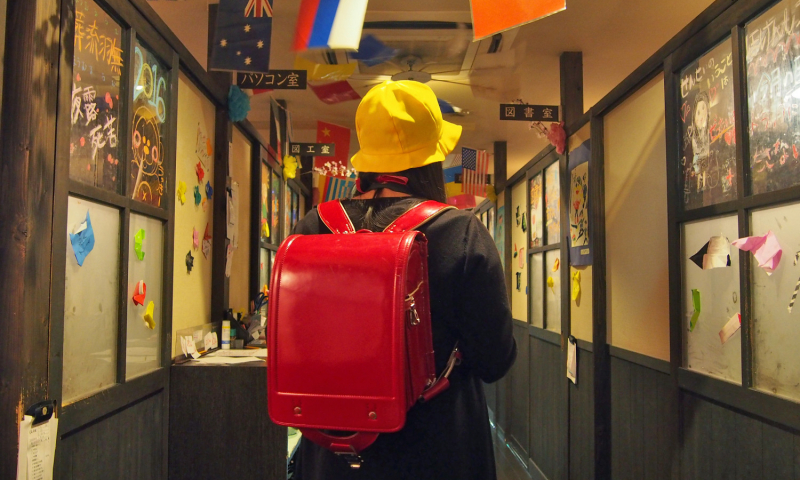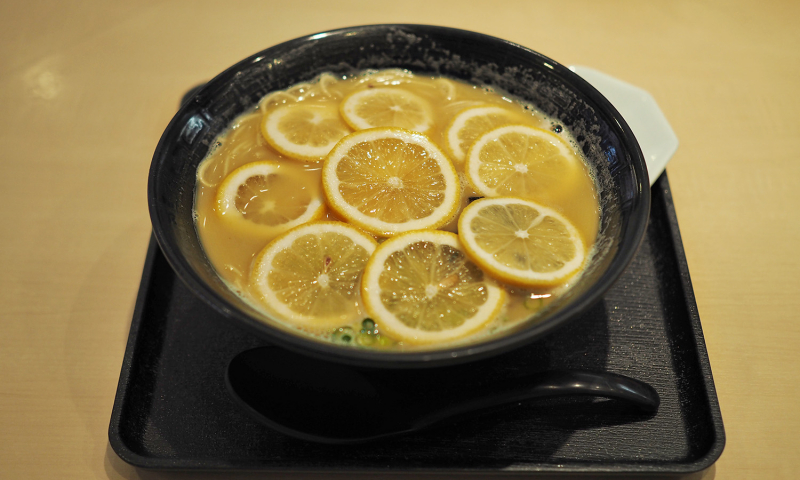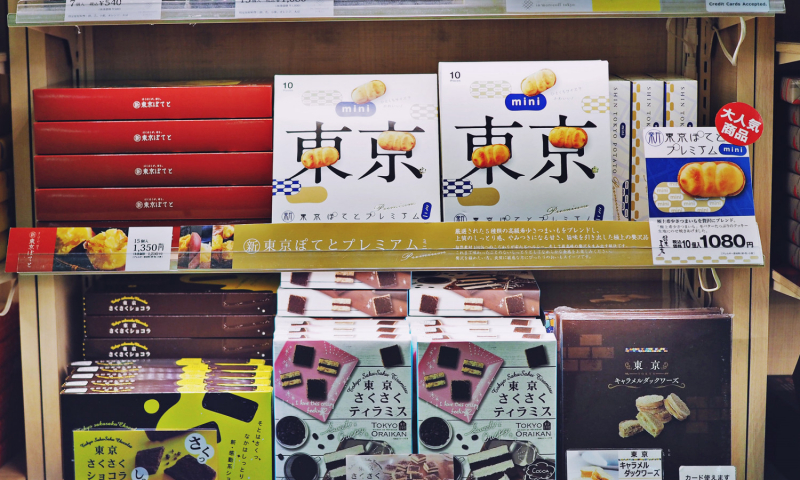
Omiyage: Japan’s Souvenir Culture
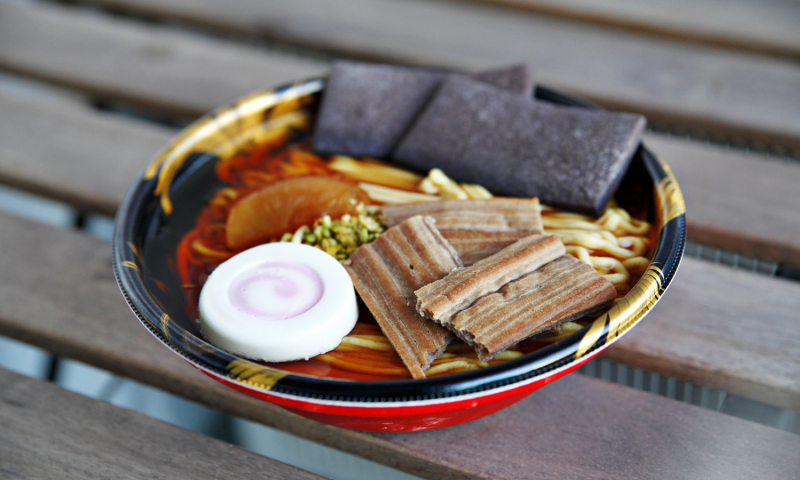
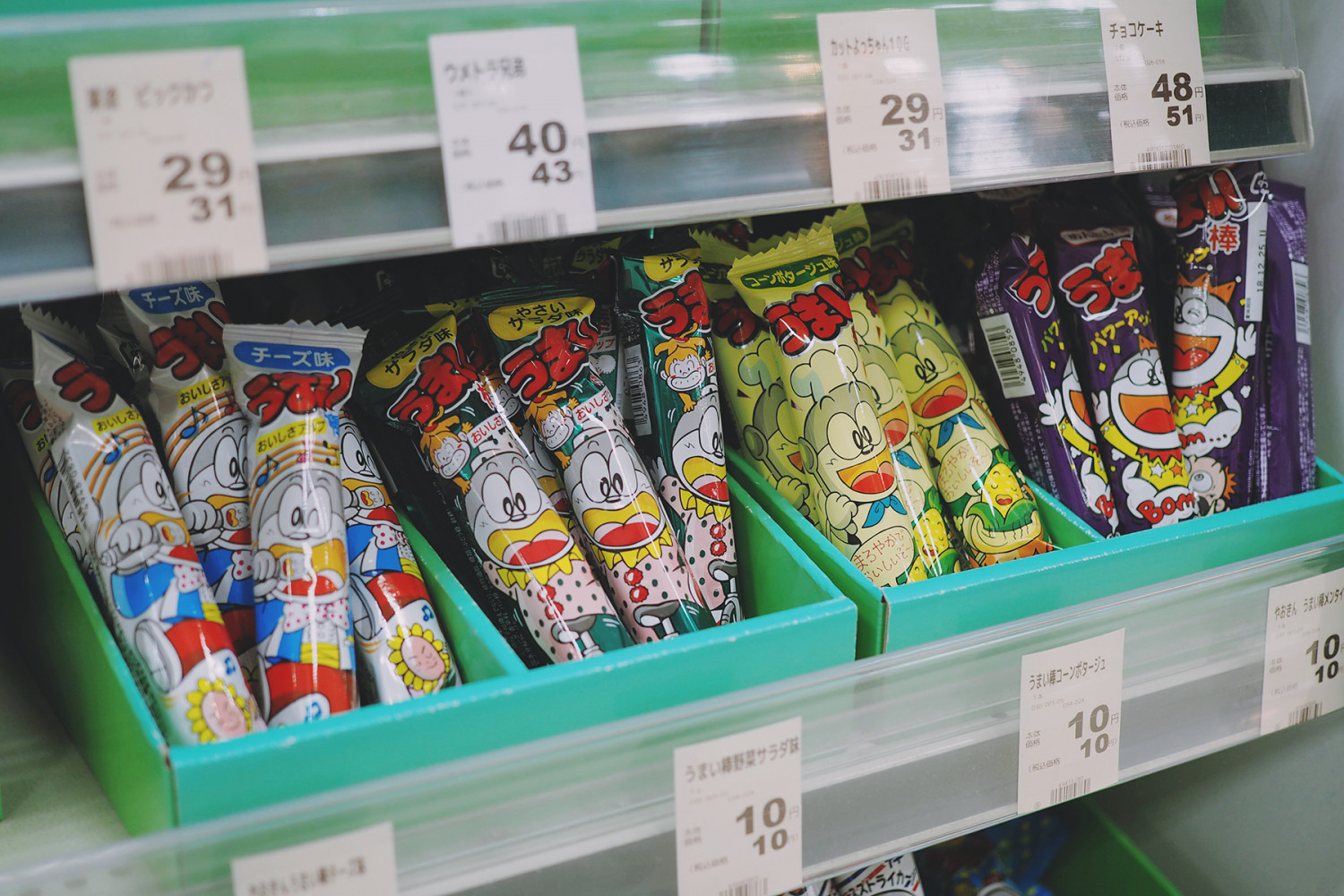
Sponsored Links
Many of Japan’s snacks are world-famous. Pocky, Kit Kat, Hi-Chew—these are all brands that you can find on shelves well beyond the shores of Japan. It is a wonderland of taste and packaging design that draws people to eat them. This isn’t just a contemporary boom, though. The snack culture in Japan has been thriving long before its modern contenders came to be.
Dagashi (駄菓子) is the term for cheap sweets and snacks that flourished during the post-war years of the Showa period. They became a staple, especially among young students who went to special stores to buy dagashi. It’s easier to recognize them especially now, because of their small sizes and typically bright, attractive packaging. The prices are always low, often not costing more than a hundred yen. The stores that sold them were called dagashiya, and were a popular after school stop. Although they have diminished in number now, dagashi still reminds popular by its nostalgic value. It’s easier to recognize them especially now, because of their small sizes and typically bright, attractive packaging. The prices are always low, often not costing more than a hundred yen.
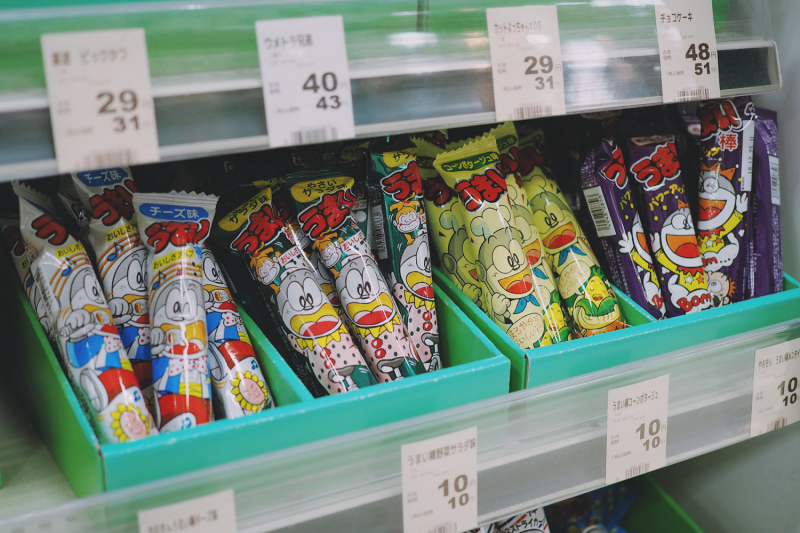
There are countless varieties of dagashi, ranging from sweet to savory. Umaibo, crunchy puffed snacks that come in a huge range of flavors, dominate this section even today when special flavors are still being pumped out. From chicken curry to shrimp mayonnaise to even natto, it’s hard to think of a flavor that hasn’t already been made into an Umaibo. At just a mere 10 yen per stick, it’s an incredible steal.
It’s not just umaibo, either—in this diverse world you can find tonkatsu-shaped snacks, fried ramen, corn snacks and pickled plum snacks to satisfy whatever bite-sized craving you might be having.
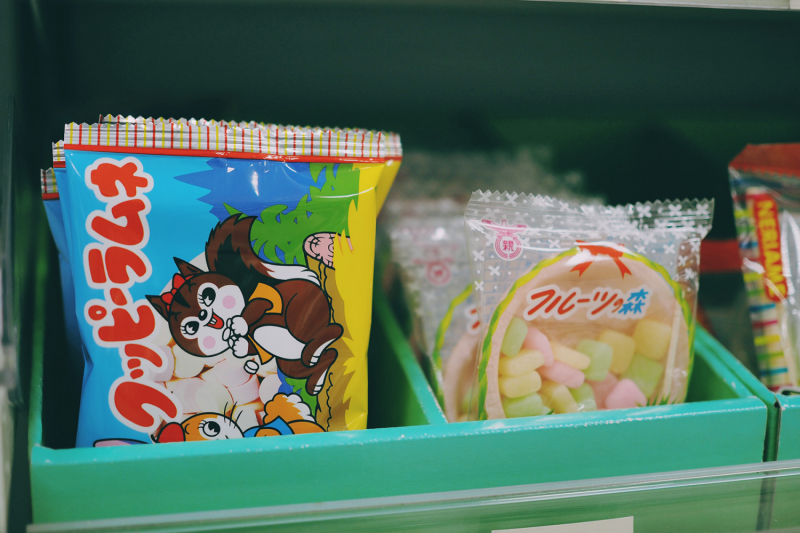
The sweet section is lit up by the soft, pastel colors of candy and gummies. From Dice Caramel to Tirol Choco to the traditional konpeito (sugar candy), you’ll want to get your sugar rush sampling everything in bite-sized portions. Fruits no Mori (literally Fruit Forest) is a colorful array of pastel-colored gummy cubes that resembles precious gems. Dagashi packaging is made intentionally colorful to attract children (although adults are probably no less susceptible), and you can often find cute animals or characters on them.
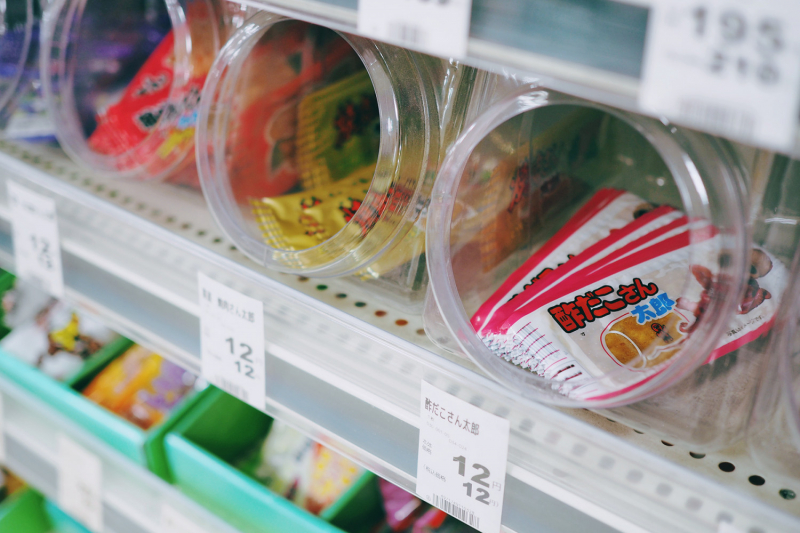
Although in limited quantities, dagashi can still be widely found in convenience stores and supermarkets. They are usually given their own small section, so you can easily look out for those nostalgic wrappers tucked in between the snacks. And they’re still as cheap as ever!
And of course there are dagashiya, the specialized stores that sell only dagashi. They often have a retro interior that retains the nostalgic atmosphere of the Showa era, gloriously filled with shelves and shelves of colorful snacks and candy. There are several stores that can be found in Tokyo, one of them being Icchoume Ichibanchi, a small but popular establishment that can be found in Studio Alta in Ikebukuro.
Icchoume Ichibanchi official website: http://www.altastyle.com/shop/shop.php?id=113
You can even find dagashi when you dine outside! Dagashi Bar (駄菓子バー) is a Japanese izakaya chain that emulates the good old Showa vibes, offering all-you-can-eat dagashi to their customers. The modest ¥500 table charge gives you access to the snack bar, where you can feast on all the dagashi you want. The feeling of choosing from a treasure chest of snacks in every color and shape brings us back to our childhood, when the simple joys of eating your favorite candy was just enough.
Locations: Ebisu, Ikebukuro, Shibuya, Kamata, Shinjuku, Kawasaki
Dagashi Bar official website: http://www.dagashi-bar.com/
They may be old-fashioned, but with dagashi it truly is all about life’s simple pleasures. They’re a time-honored genre of snacks unique to Japan that contain many precious memories for people of all ages. Be sure to keep an eye out for them and try as many kinds as possible!
Sponsored Links

Cosplay in the Comfort of Your Own Home With These Fun Roomwear
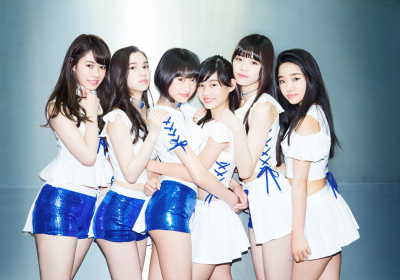
We’ll fight no matter what!:Interview with KAZEHIKARU FUKUROU


